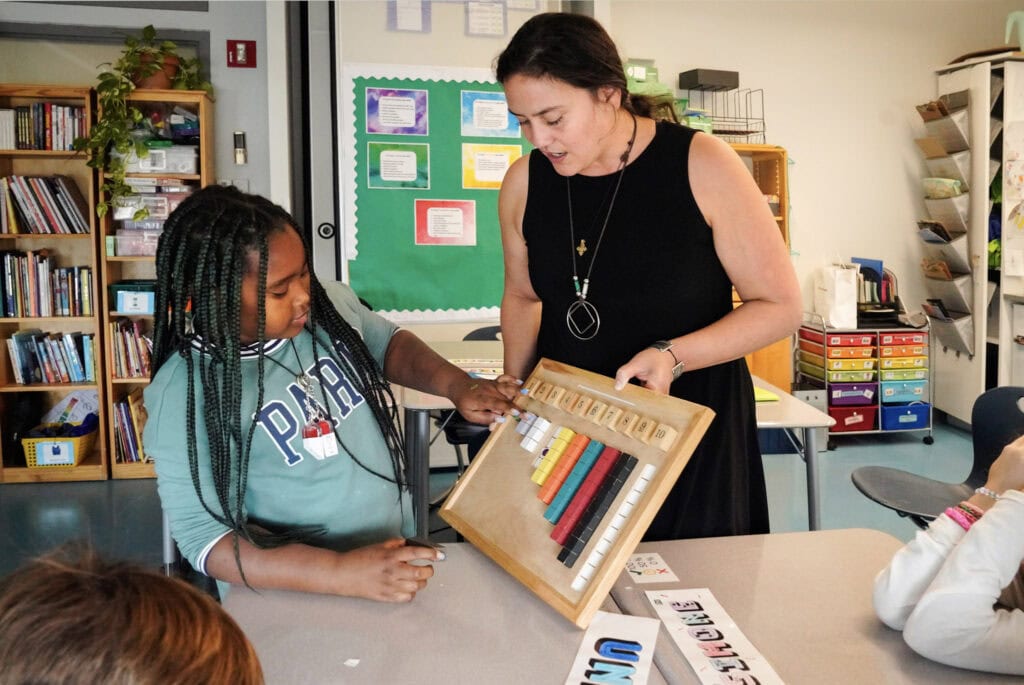
Mary McDowell Friends School is designed to meet the unique needs of students diagnosed with learning disabilities like ADHD. We define a learning disability as a neurological condition that causes difficulties with the way the brain handles information. Students with learning disabilities are as smart as or smarter than their peers, but they usually find it difficult to learn in a typical manner. However, with different learning methods and strategies, they can be just as academically successful as students without learning disabilities.
This article is the second installment in our series on learning disabilities, excerpted from Shining the Light on LD: The MMFS Learning Disabilities Handbook.
Attention Deficit Hyperactivity Disorder (ADHD), a neurological disorder that affects the brain’s executive functions, impacts a student’s ability to succeed in school and other areas of life. It affects an estimated 7 million (11.4%) US children aged 3–17, according to a national survey of parents conducted by the CDC. Understanding ADHD is the first step toward providing effective support.
ADHD symptoms are characterized by difficulty with:
~ It’s important to remember that ADHD is not simply a matter of “not trying hard enough.” ~
ADHD can manifest in various ways, impacting different aspects of a student’s learning experience. Here are some common examples:

Strategies focus on providing structure, support, and understanding. Some examples include:
Remind yourself that ADHD is not something a child chooses and that their difficulty focusing and managing their body and possessions is a genuine struggle. Patience is key! Implementing some strategies and providing ongoing support can make homelife a little manageable. Here are some ideas:
Mary McDowell Friends School is a K-12 college preparatory school designed to meet the unique needs of students diagnosed with learning disabilities. Our students have average to above-average intellectual abilities but require a small, specialized learning environment to reach their full potential. Learn more about our approach to educating students with learning disabilities here. You can also schedule a parent information session or contact our admission team.